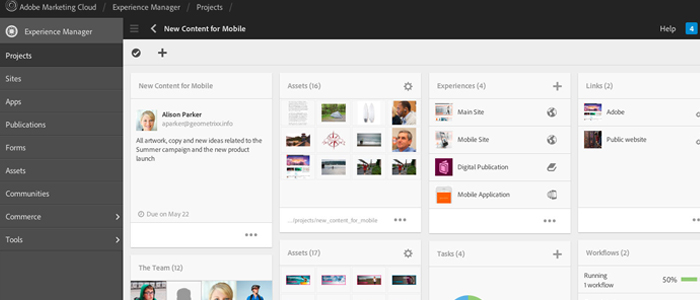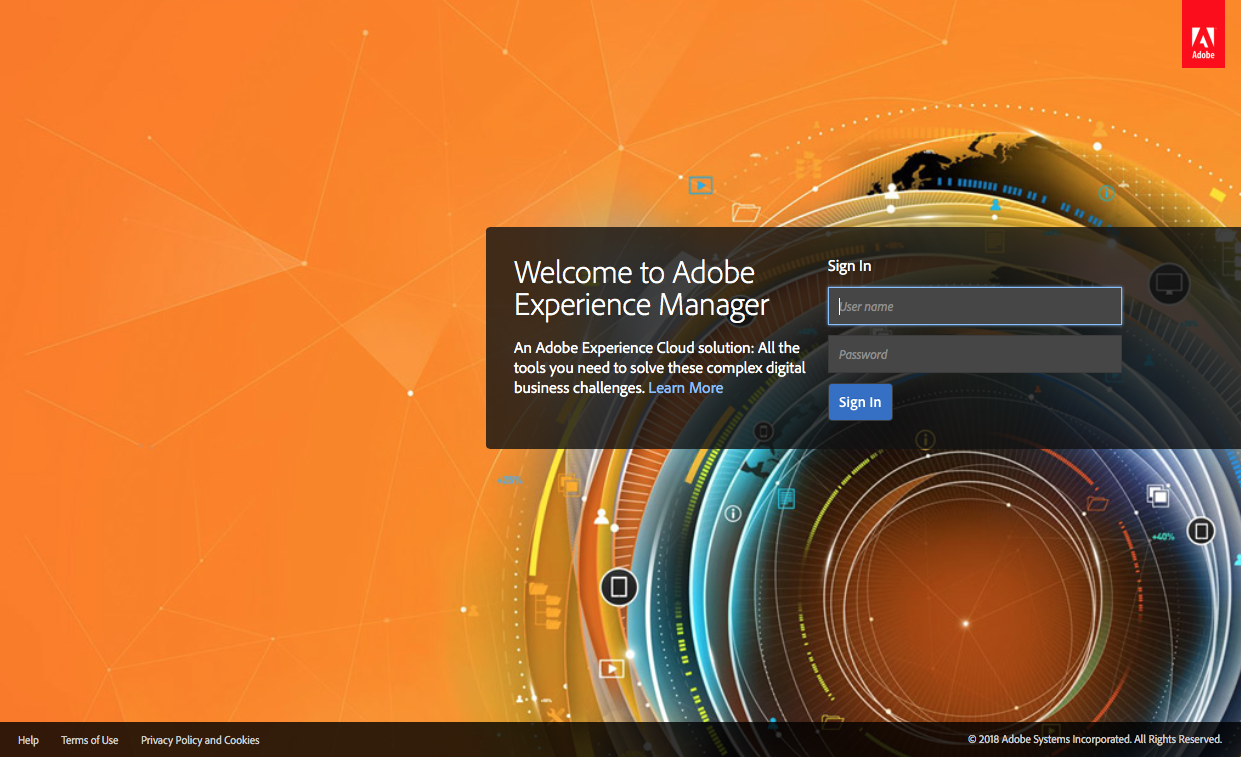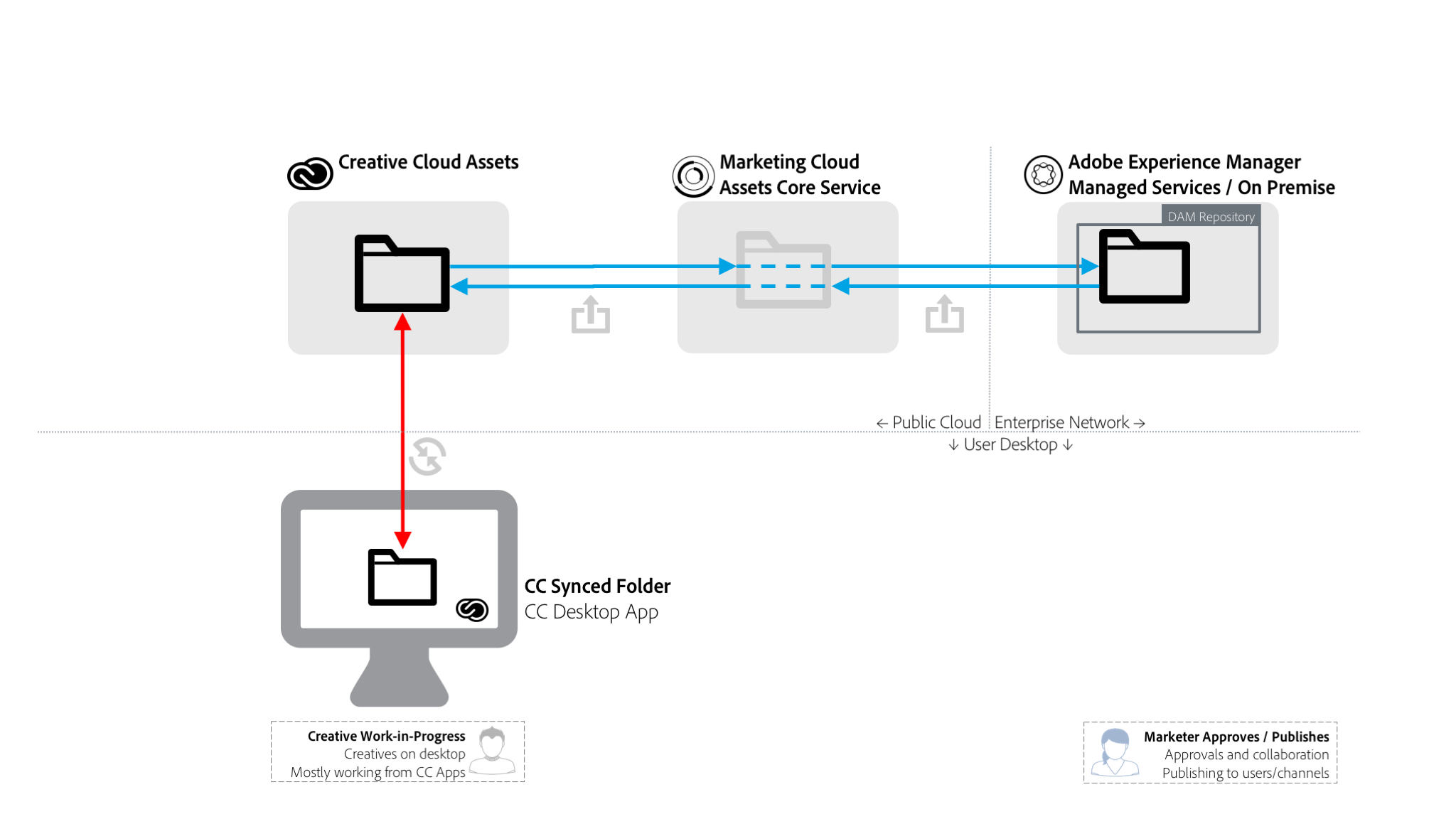

- #Getting started adobe experience manager osx mac os x
- #Getting started adobe experience manager osx pdf
Out of the box, AEM Forms server is not enabled to sync binary files and other assets with a WebDAV or SMB client.
#Getting started adobe experience manager osx mac os x
Enable AEM Forms for AEM desktop appĪEM desktop app uses WebDAV protocol on Microsoft Windows and SMB1 on Mac OS X to connect to an AEM Forms server. Listing non-supported files as 0-byte files ensures that the user is aware of the existence of other assets available on AEM Forms server.Ī filename can only contain alphanumeric characters, hyphen, or underscore. The app lists all other files (non-supported files) as 0-byte files.
#Getting started adobe experience manager osx pdf
You can use the app to sync AEM Forms binary files of following type Form Templates (.xdp), PDF Form (.pdf), Document (.pdf), Images, XML Schema (.xsd), style sheets (.xfs). AEM Forms assets supported in AEM desktop app For detailed information about downloading the app, see AEM desktop app Release Notes. You can download the app from an AEM instance. The changes that you make to the assets locally are reflected in AEM Assets repository and AEM Forms UI. For example, you can directly open and edit an XDP file from Designer. You can also open, edit, and save files directly from software. Apart from viewing the files, you can also create, upload, and delete the binary files.


You can view the synced assets and binary files in a file explorer and use various apps to edit the files as desired. AEM desktop app lets you map the Adobe Experience Manager (AEM) Assets repository and AEM Forms binary files to a network directory on your system.


 0 kommentar(er)
0 kommentar(er)
